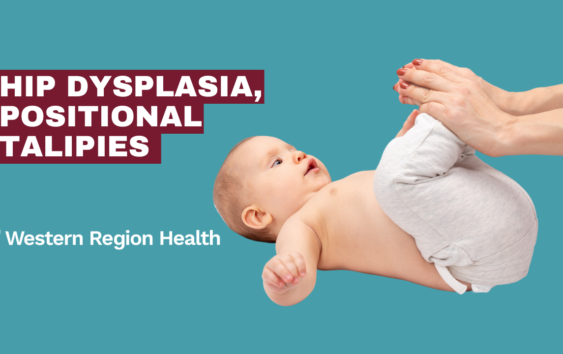General | April 21, 2023
Types Of Headaches: How Can We Help?
Phillip Audley-OSTEOPATH-Bachelor of Health Science/Bachelor of Applied Science (Osteopathy) – RMIT
Headaches are a common complaint among people of all ages. Whilst most headaches are mild and can be treated with over-the-counter medications, some types of headaches require specialized treatment. Osteopathy is a branch of healthcare that uses manual therapy to alleviate pain and improve function. In this blog post, we will discuss three common types of headaches, namely cervicogenic headaches, tension headaches, and migraines, and the best osteopathy treatment and management for each.
- Cervicogenic Headaches
Cervicogenic headaches are a type of headache that is caused by a neck disorder, such as a herniated disc or osteoarthritis. The pain is often felt on one side of the head and may be accompanied by neck pain. Osteopathy treatment for cervicogenic headaches involves gentle manipulation of the neck and shoulders to relieve tension and improve alignment. The osteopath will perform a comprehensive evaluation of the neck, back and shoulders to determine the root cause of the headache. Treatment may include manual therapy techniques, such as soft tissue massage, joint mobilization and stretching.
Management: In addition to osteopathy treatment, lifestyle modifications, such as maintaining good posture, regular exercise, stress reduction techniques, and avoiding trigger foods can help manage cervicogenic headaches.
- Tension Headaches
Tension headaches are the most common type of headache. They are characterized by a mild to moderate pain that feels like a tight band around the head. Tension headaches are caused by stress, poor posture and muscle tension. Osteopathy treatment for tension headaches includes gentle manipulation of the neck and shoulders to relieve tension and improve circulation. The osteopath may use a variety of techniques, such as soft tissue massage, joint mobilization and stretching to relieve tension in the muscles of the neck, shoulders and head.
Management: In addition to osteopathy treatment, self-care measures can help manage tension headaches. These include stress reduction techniques, regular exercise, good posture and getting enough rest.
- Migraines
Migraines are a type of headache that are often accompanied by other symptoms, such as nausea, vomiting, and sensitivity to light and sound. Migraines can be very debilitating, and they may last for several hours or days. Osteopathy treatment for migraines involves gentle manipulation of the neck and spine to reduce muscle tension and improve blood flow. The osteopath will perform a thorough evaluation of the neck, spine and head to determine the root cause of the migraine. Treatment may include manual therapy techniques, such as soft tissue massage, joint mobilization and stretching.
Management: In addition to osteopathy treatment, migraine management includes avoiding triggers such as certain foods, stress reduction techniques, and taking prescribed medications.
In conclusion, cervicogenic headaches, tension headaches and migraines are three common types of headaches that can be effectively managed with osteopathy treatment. Osteopathy treatment can help reduce pain, improve function, and prevent future episodes of headaches. If you experience persistent or severe headaches, it is important to consult with your healthcare provider.
References:
- Puentedura, E. J., & Cleland, J. A. (2013). Cervicogenic headaches: an evidence-led approach to clinical management. International journal of sports physical therapy, 8(3), 254–266.
- Busch, V., Magerl, W., Kern, U., Haas, J., Hajak, G., & Eichhammer, P. (2008). The effect of deep and slow breathing on pain perception, autonomic activity, and mood processing—an experimental study. Pain medicine, 9(6), 708-718.
- Lipton, R. B., Bigal, M. E., & Diamond, M. (2007). Migraine: pathophysiology, epidemiology, and impact. The Journal of the American Medical Association, 298(7), 789–794.


